Okay I think I have a partial solution.
The basic idea is that the paths used by drawcoastlines() are ordered by the size/area. Which means the first N paths are (for most applications) the main land masses and lakes and the later paths the smaller islands and rivers.
The issue is that the first N paths that you want will depend on the projection (e.g., global, polar, regional), if area_thresh has been applied and whether you want lakes or small islands etc. In other words, you will have to tweak this per application.
from mpl_toolkits.basemap import Basemap
import matplotlib.pyplot as plt
mp = 'cyl'
m = Basemap(resolution='c',projection=mp,lon_0=0,area_thresh=200000)
fill_color = '0.9'
# If you don't want lakes set lake_color to fill_color
m.fillcontinents(color=fill_color,lake_color='white')
# Draw the coastlines, with a thin line and same color as the continent fill.
coasts = m.drawcoastlines(zorder=100,color=fill_color,linewidth=0.5)
# Exact the paths from coasts
coasts_paths = coasts.get_paths()
# In order to see which paths you want to retain or discard you'll need to plot them one
# at a time noting those that you want etc.
for ipoly in xrange(len(coasts_paths)):
print ipoly
r = coasts_paths[ipoly]
# Convert into lon/lat vertices
polygon_vertices = [(vertex[0],vertex[1]) for (vertex,code) in
r.iter_segments(simplify=False)]
px = [polygon_vertices[i][0] for i in xrange(len(polygon_vertices))]
py = [polygon_vertices[i][1] for i in xrange(len(polygon_vertices))]
m.plot(px,py,'k-',linewidth=1)
plt.show()
Once you know the relevant ipoly to stop drawing (poly_stop) then you can do something like this...
from mpl_toolkits.basemap import Basemap
import matplotlib.pyplot as plt
mproj = ['nplaea','cyl']
mp = mproj[0]
if mp == 'nplaea':
m = Basemap(resolution='c',projection=mp,lon_0=0,boundinglat=30,area_thresh=200000,round=1)
poly_stop = 10
else:
m = Basemap(resolution='c',projection=mp,lon_0=0,area_thresh=200000)
poly_stop = 18
fill_color = '0.9'
# If you don't want lakes set lake_color to fill_color
m.fillcontinents(color=fill_color,lake_color='white')
# Draw the coastlines, with a thin line and same color as the continent fill.
coasts = m.drawcoastlines(zorder=100,color=fill_color,linewidth=0.5)
# Exact the paths from coasts
coasts_paths = coasts.get_paths()
# In order to see which paths you want to retain or discard you'll need to plot them one
# at a time noting those that you want etc.
for ipoly in xrange(len(coasts_paths)):
if ipoly > poly_stop: continue
r = coasts_paths[ipoly]
# Convert into lon/lat vertices
polygon_vertices = [(vertex[0],vertex[1]) for (vertex,code) in
r.iter_segments(simplify=False)]
px = [polygon_vertices[i][0] for i in xrange(len(polygon_vertices))]
py = [polygon_vertices[i][1] for i in xrange(len(polygon_vertices))]
m.plot(px,py,'k-',linewidth=1)
plt.show()








